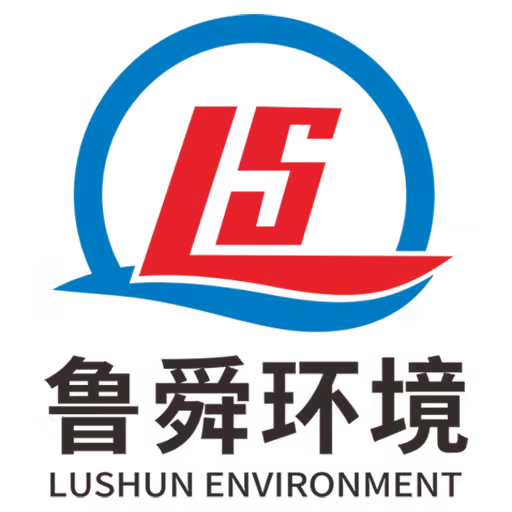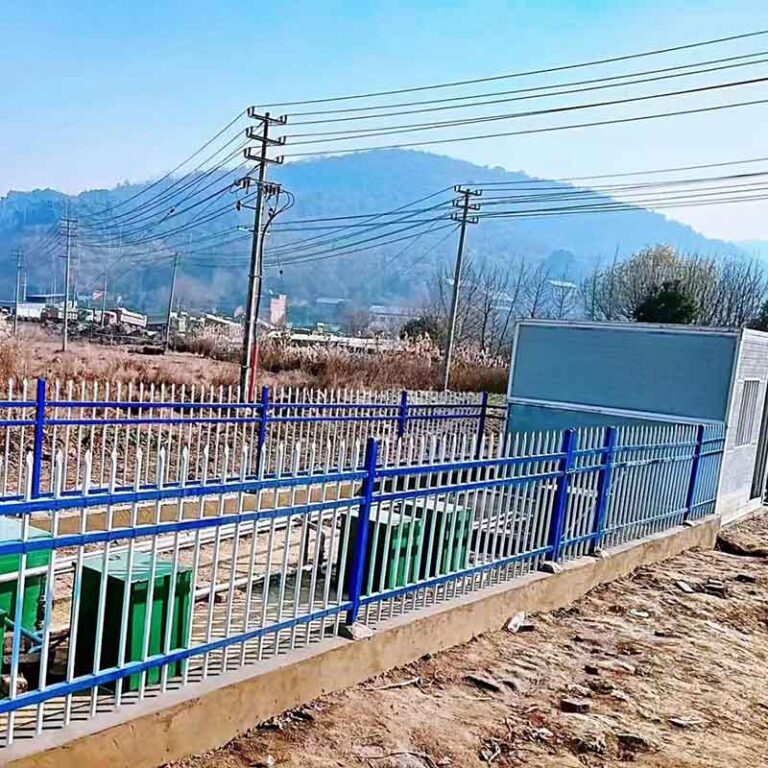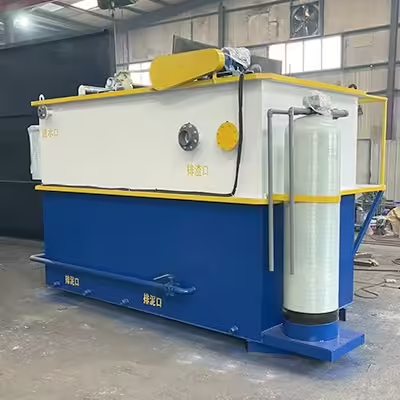Table of Contents
Introduction
Over the past decade, chemistry wastewater treatment has undergone dramatic transformation driven by stricter environmental regulations, rapid technological innovation, and rising public awareness of water pollution. Industries from pharmaceuticals to petrochemicals generate complex effluents that require advanced solutions. In this blog, we explore eight game-changing trends in chemistry wastewater treatment that are reshaping the way facilities manage effluents, reduce environmental impact, and achieve cost efficiencies. Each trend highlights the intersection of chemical processes, engineering breakthroughs, and sustainability goals that define modern wastewater management.
Trend 1: Advanced Oxidation Processes in Chemistry Wastewater Treatment
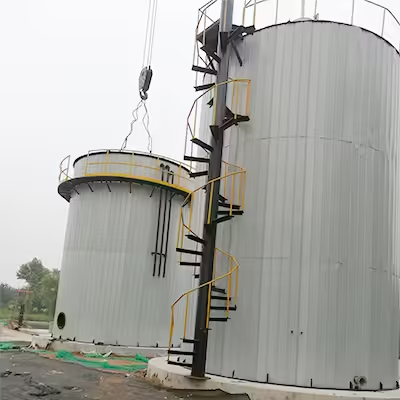
The Rise of AOPs as a Core Treatment Step
Advanced oxidation processes (AOPs) employ powerful oxidants such as hydrogen peroxide, ozone, and UV light to break down recalcitrant organic pollutants into harmless byproducts. In modern chemistry wastewater treatment, AOPs have evolved from experimental technologies into a widely accepted core polishing step, capable of meeting ever-tightening regulatory discharge limits for persistent contaminants. Facilities increasingly integrate AOP units after biological or physical treatments to tackle micropollutants and emerging toxins that traditional methods cannot fully remove.
Key Benefits and Applications
- Effective removal of trace pharmaceuticals and endocrine disruptors: AOPs generate hydroxyl radicals with oxidation potentials far exceeding chlorine, enabling destruction of complex molecules found in pharmaceutical manufacturing and healthcare effluents.
- Reduced disinfection byproduct formation: Unlike chlorination—which can produce carcinogenic trihalomethanes—AOPs minimize harmful byproducts, improving overall effluent safety.
- Flexible deployment: AOP reactors can be configured as standalone modules for small-scale plants or integrated inline with biological reactors, allowing scalable treatment trains.
- Energy and cost optimizations: Advances in UV-LED and ozone generation technologies have lowered energy consumption by up to 20%, making AOPs more economically attractive for continuous operation.
Trend 2: Membrane Bioreactors (MBRs) for Compact Footprints
Combining Biological Treatment and Membrane Filtration
Membrane bioreactors merge activated sludge processes with membrane separation, enabling production of high-quality effluent in a small physical footprint. By deploying ultrafiltration or microfiltration membranes, MBRs retain large concentrations of biomass, enhancing biodegradation of organic loads while physically separating solids.
MBR Advantages in Chemical Effluent Treatment
- Superior removal of suspended solids and pathogens: MBRs consistently achieve turbidity levels below 1 NTU and near-complete pathogen rejection, crucial for reuse and discharge compliance.
- Robust against shock loads: High MLSS concentrations confer resilience to fluctuations in influent chemical oxygen demand (COD) and toxic loadings from batch processes.
- Lower sludge yield: Advanced MBR systems reduce sludge production by 15-30% compared to conventional activated sludge, cutting disposal costs.
- Modular design for phased expansion: Plants can add membrane modules incrementally, matching treatment capacity with production growth while optimizing capital outlay.
Trend 3: Green Chemicals and Novel Coagulants
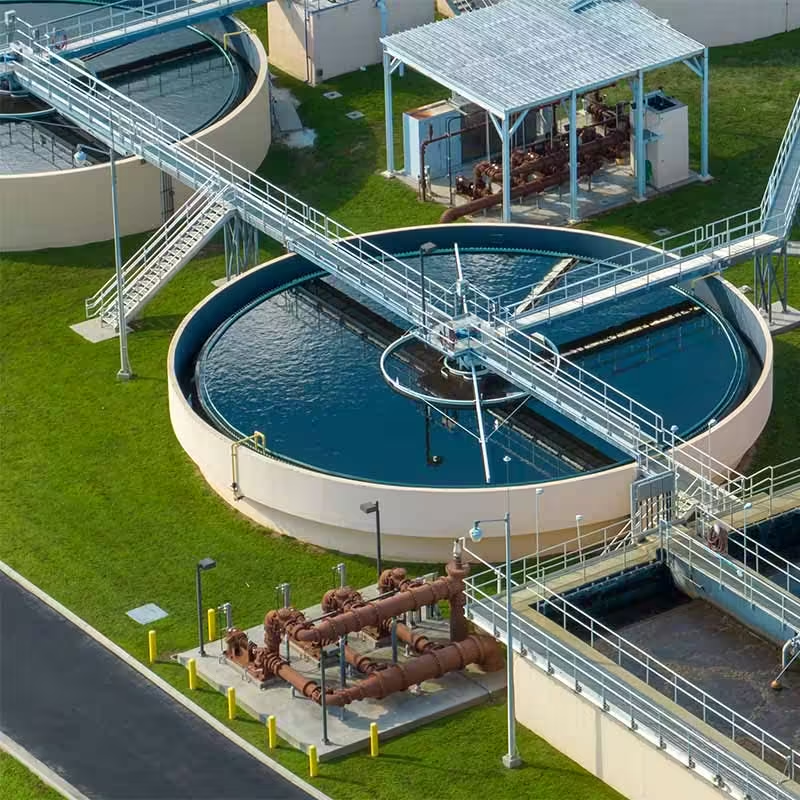
Moving Beyond Aluminum and Iron Salts
Traditional coagulation relies heavily on aluminum and iron salts, which generate significant sludge volumes and raise concerns about metal residuals. Novel green coagulants—such as plant-derived polymers (chitosan), nano-clays, and microbial flocculants—offer sustainable alternatives with enhanced performance and lower environmental impacts.
Case Studies and Performance Metrics
- Chitosan from crustacean shells: In pilot-scale textile dye effluents, chitosan reduced total suspended solids (TSS) by 95% while cutting sludge production by 30% over conventional alum.
- Nano-clay composites: Combining nano-clays with polymeric binders accelerated floc formation, reducing chemical demand by 25% and improving settling rates in acidic wastewater streams.
- Bioflocculants from fermentation: Agricultural waste-derived bioflocculants achieved up to 90% COD removal in agro-industrial effluents, with fully biodegradable sludge.
Trend 4: Real-Time Monitoring and Process Automation
Digitalization of Treatment Plants
The shift towards Industry 4.0 has brought real-time monitoring and automation to chemical wastewater treatment. IoT sensors constantly measure pH, turbidity, dissolved oxygen, and redox potential, feeding data to AI-driven control platforms that dynamically adjust chemical dosing and aeration rates for optimal performance.
Impact on Operational Efficiency
- Chemical savings and precise dosing: Smart dosing algorithms cut reagent usage by 15–25%, avoiding overdosing and reducing operational expenses.
- Rapid fault detection: Automated alerts identify sensor drift, leaks, or process upsets within minutes, minimizing downtime and potential regulatory violations.
- Data-driven optimization: Historical analytics pinpoint opportunities for process adjustments, leading to continuous improvement cycles and lower life-cycle costs.
- Reduced labor and sampling costs: Automated sampling stations and remote dashboards decrease manual labor by up to 40%, freeing staff for strategic tasks.
Trend 5: Resource Recovery and Circular Economy Approaches
Recovering Valuable Chemicals from Effluents
In a circular economy model, wastewater streams are viewed as resource reservoirs rather than waste. Modern chemistry wastewater treatment includes modules for acid and base recovery via ion exchange, membrane distillation for solute concentration, and reactive extraction to isolate metal ions—transforming disposal liabilities into raw material credits.
Economic and Environmental Upsides
- Raw material cost offsets: Facilities recover up to 60% of produced acid or base, reducing fresh chemical purchases and cutting procurement costs.
- Water reuse and conservation: Concentrated streams and treated water can be recycled into cooling systems or process wash-water, lowering freshwater intake by 30–50%.
- Enhanced ESG performance: Resource recovery initiatives contribute to sustainability reporting, improving investor and community relations.
- Sludge reduction: Integrating recovery steps upstream decreases contaminant loads on downstream biological systems, resulting in lower sludge generation and disposal costs.
Mid-Article Table: Comparison of Emerging Treatment Technologies
| Treatment Trend | Key Mechanism | Main Advantage | Typical Industry Use Cases |
|---|---|---|---|
| Advanced Oxidation Processes | OH radicals via H2O2/O3/UV | Degrades recalcitrant organics | Pharmaceuticals, textile dye effluents |
| Membrane Bioreactors | Ultrafiltration with biomass | High-quality effluent in small area | Chemical manufacturing plants |
| Green Coagulants | Biopolymers, nano-clays | Biodegradability, low sludge | Food & beverage, agro-based effluents |
| Real-Time Automation | IoT sensors, AI analytics | Optimized dosing, fewer upsets | All industrial sectors |
| Resource Recovery | Ion exchange, extraction | Reclaimed chemicals & water reuse | Metal plating, acid/base production |
Trend 6: Bioelectrochemical Systems in Wastewater Treatment
Harnessing Microbial Fuel Cells for Dual Benefits
Bioelectrochemical systems (BES), notably microbial fuel cells (MFCs), harness the metabolic activity of electrogenic bacteria to degrade organic pollutants while generating electricity. In this setup, microbes oxidize wastewater organics at the anode, releasing electrons that travel through an external circuit to the cathode, thereby producing a small but continuous power output. This co-generation of clean energy offsets a portion of the plant’s electricity needs, reducing operational costs and carbon footprint.
Practical Deployment and Overcoming Challenges
- Electrode Fouling and Material Durability: Advances in nanostructured electrode coatings and self-cleaning surfaces are mitigating fouling and extending system lifespan.
- Scale-Up Strategies: Modular stacked MFC arrays allow phased capacity increases. Successful pilots in pharmaceutical and food-processing effluents demonstrate COD removal efficiencies above 85% and power densities reaching 1.2 W/m².
- Integration with Existing Units: BES modules can be installed post-primary treatment to handle residual organics, reducing load on downstream biological reactors and improving overall treatment stability.
Trend 7: Hybrid Treatment Trains for Robust Performance
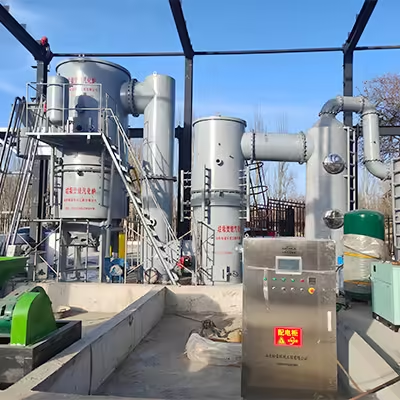
Designing Multi-Stage Treatment Sequences
Hybrid treatment trains combine complementary physical, chemical, and biological processes in a tailored sequence to address complex effluent compositions. For instance, pre-coagulation flocculation removes high TSS loads, followed by AOP polishing for micropollutant degradation, and capped with MBR or constructed wetland polishing for nutrient removal.
Key Design Considerations
- Pre-Treatment Balance: Effective upfront solids removal prevents membrane fouling and reduces chemical consumption downstream.
- Process Synergy: Align reaction kinetics—such as matching AOP hydraulic retention times with membrane flux rates—to minimize footprint and energy usage.
- Cost–Benefit Optimization: Use life-cycle costing to balance higher capital costs for advanced units against long-term savings from reduced sludge disposal, lower energy consumption, and regulatory compliance reliability.
Trend 8: Decentralized and Modular Chemistry Wastewater Treatment Units
Adoption of Plug-and-Play Systems
Decentralized treatment systems are revolutionizing effluent management by bringing compact, skid-mounted modules directly to industrial sites. These pre-engineered units integrate primary screening, biological reactors, AOP polishing, and disinfection in a single package, drastically reducing civil works and commissioning time to just weeks.
Strategic Advantages for Chemical Industries
- Rapid Deployment: Ideal for greenfield projects, pilot trials, or temporary operations, modular units can be operational within 4–6 weeks from order placement.
- Scalability: Additional modules can be seamlessly added in parallel, enabling capacity expansions without major plant shutdowns.
- Risk Mitigation: Standardized, factory-tested skids lower construction risks and quality uncertainties compared to bespoke centralized plant builds.
- Regulatory Compliance: Pre-certified module designs expedite permitting and ensure consistent performance to meet stringent discharge limits.
Conclusion
The landscape of chemistry wastewater treatment is rapidly evolving, driven by environmental imperatives and technological breakthroughs. From advanced oxidation and membrane bioreactors to resource recovery and decentralization, these eight trends offer powerful pathways to cleaner effluents, cost savings, and regulatory compliance. As industries continue to grapple with complex waste streams, adopting these game-changing strategies will be essential.
FAQ
What is the best AOP for my plant?
Selection depends on influent characteristics; consult a specialist to match oxidant type and dosage to pollutant profile.
Can MBR systems handle variable loads?
Yes, MBRs tolerate fluctuations better than conventional activated sludge, thanks to high biomass retention.
Are green coagulants cost-effective?
Initial costs can be higher, but long-term savings from reduced sludge handling often offset investment.
How fast can modular units be installed?
Typically within weeks, compared to months for centralized facilities.
Is resource recovery feasible for small-scale plants?
Yes, miniaturized ion exchange and extraction modules can be scaled to low-flow applications.
Let’s Stay Connected! 🌍
Thank you for reading!
If you found this guide helpful or have questions about filter press machines, I’d love to connect and hear your thoughts.
📘 Follow me on Facebook for expert insights, behind-the-scenes updates, and real conversations with our global community.
Let’s continue exploring, learning, and growing—together! 🚀
